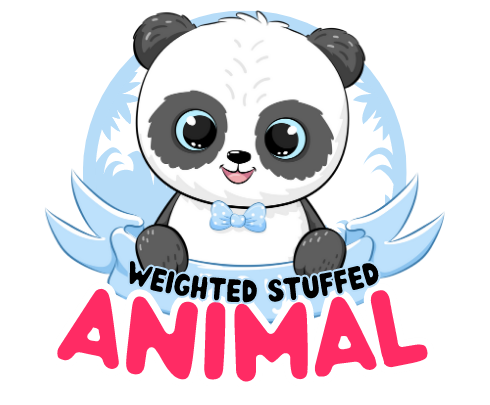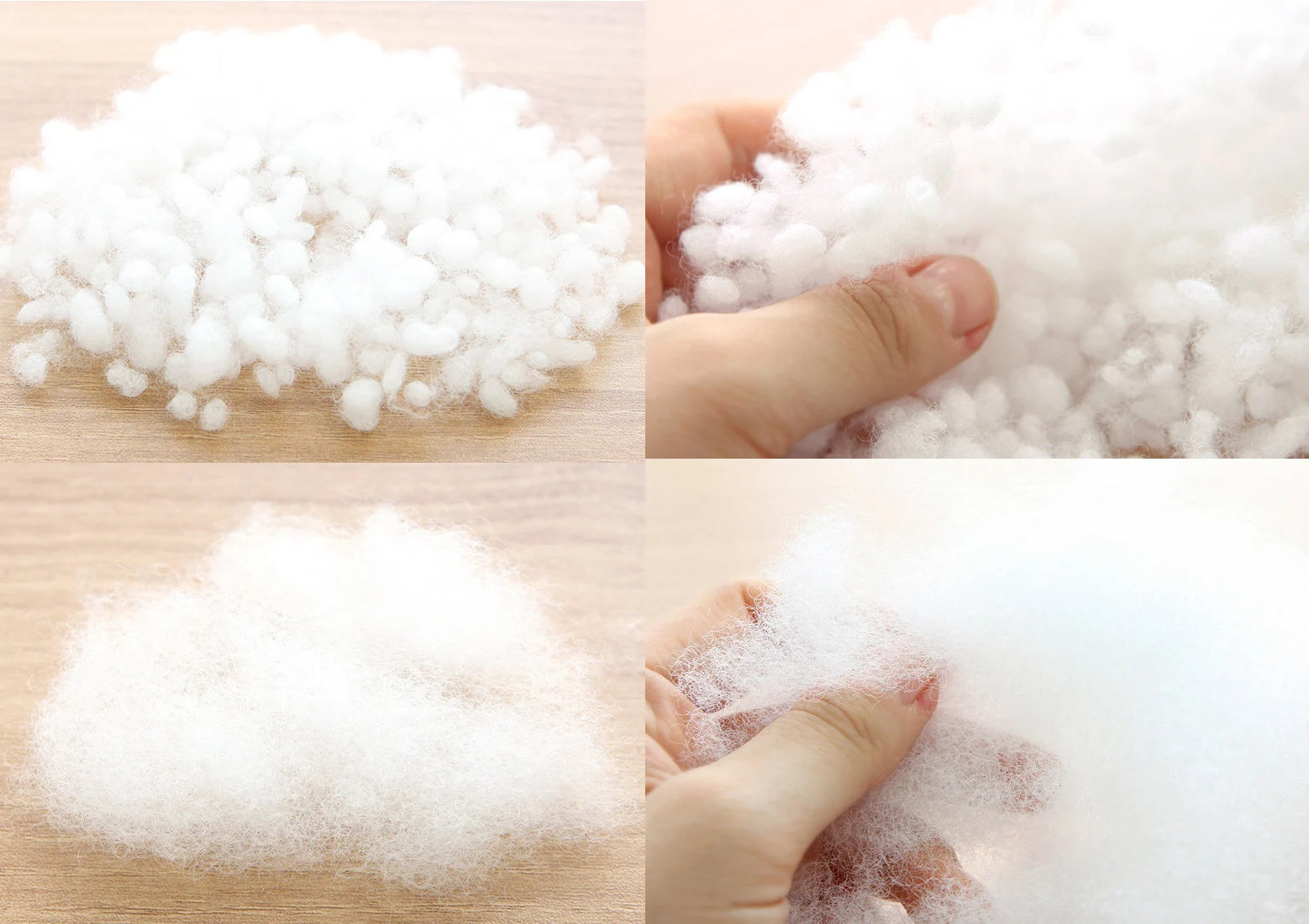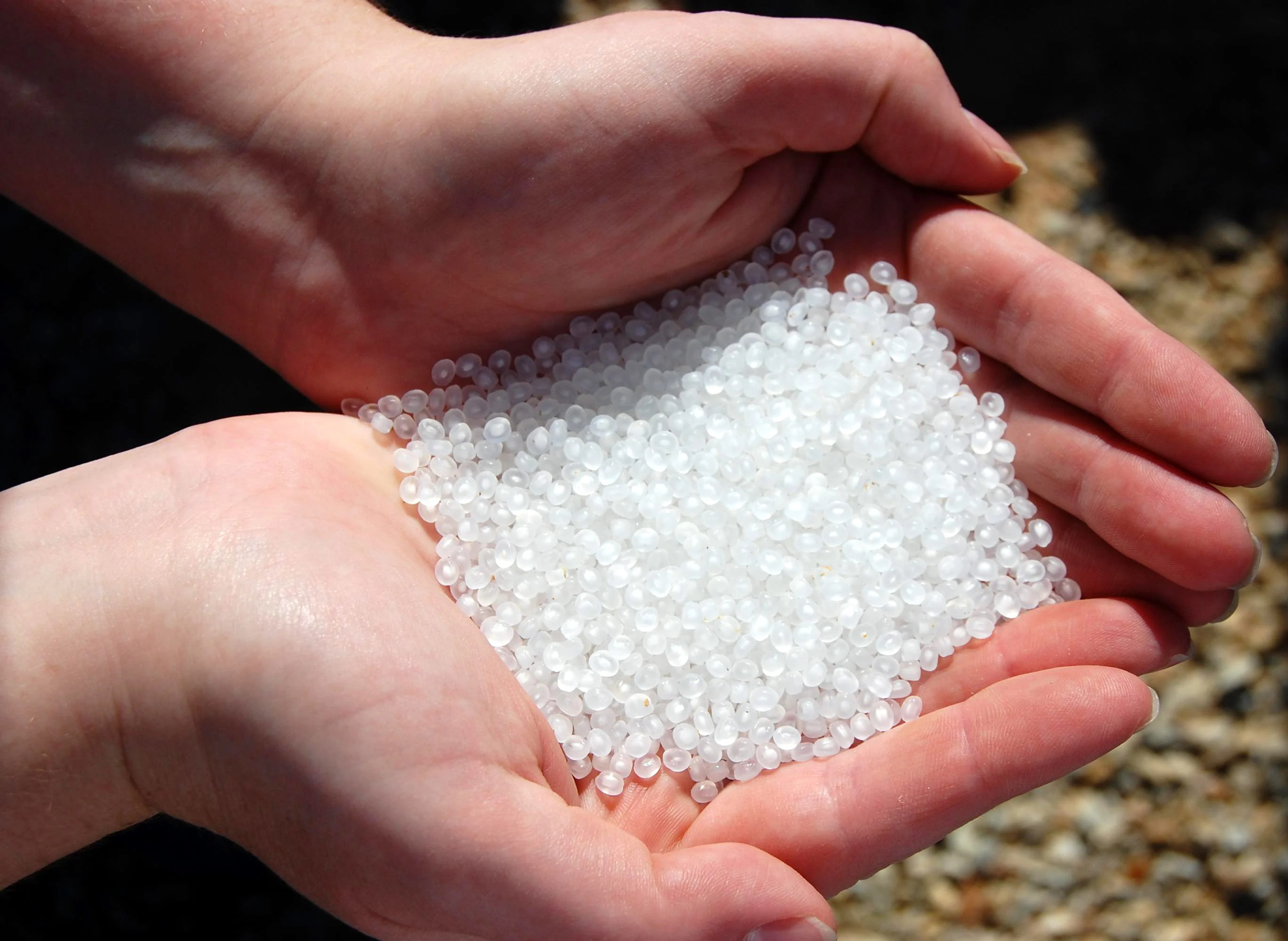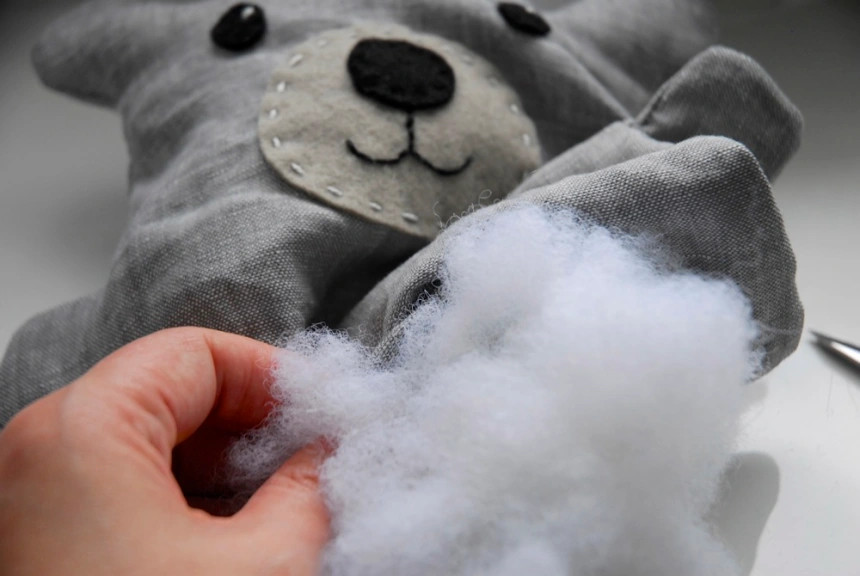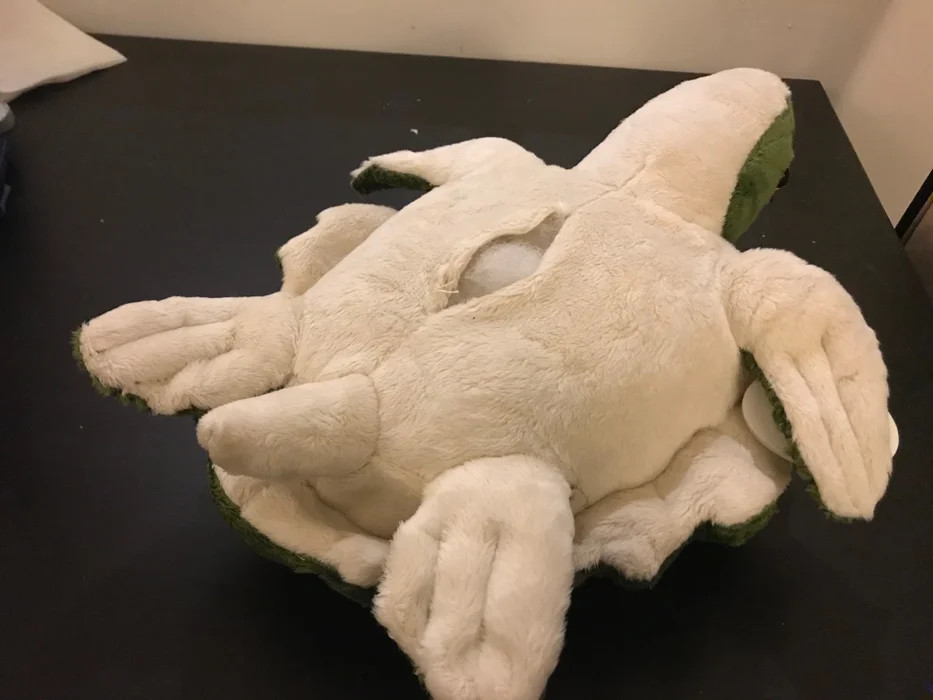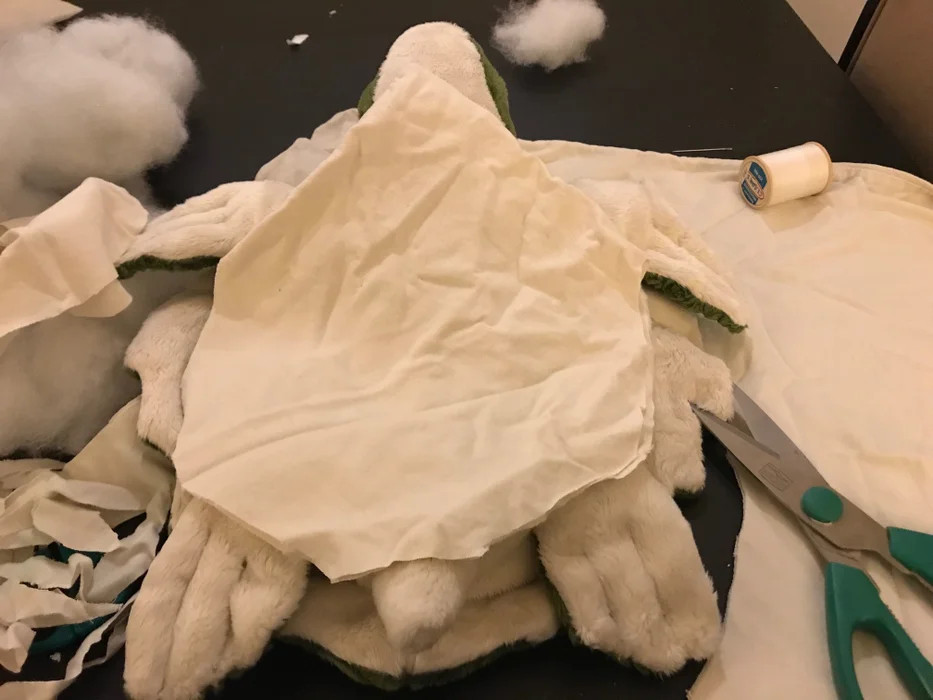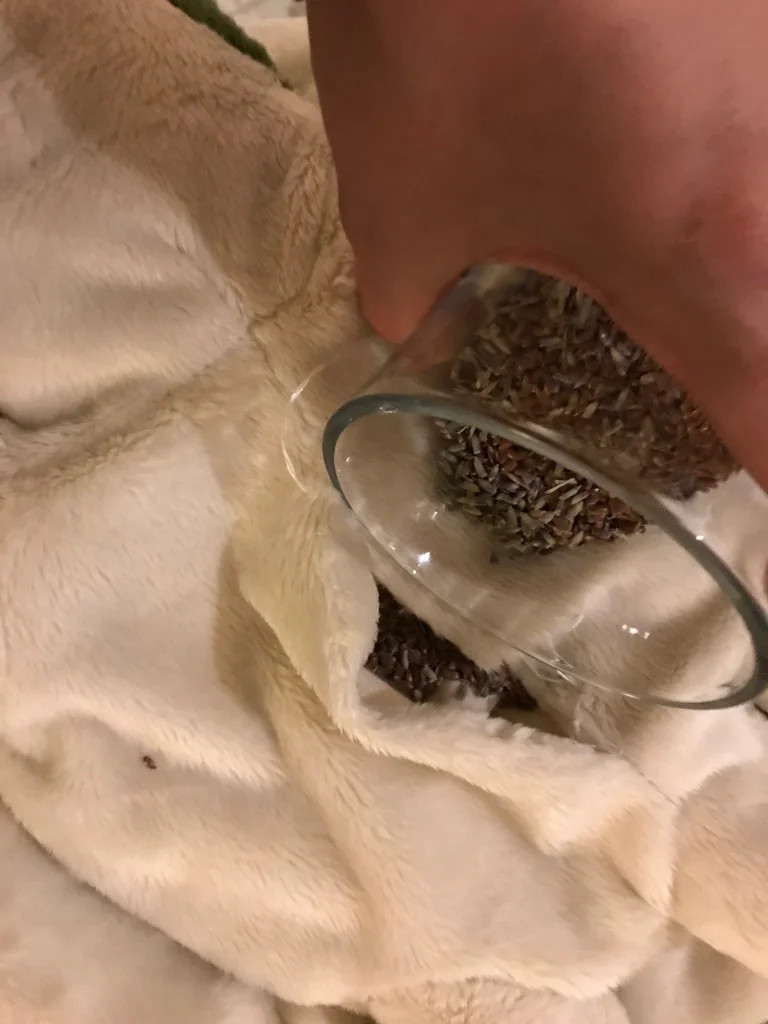Making your own weighted stuffed animal is a fun project that can be done with just a few simple supplies. If you’re looking to make a toy that’s special and unique, this is the perfect project for you.
In this article, we will show you all the steps necessary to make your very own stuffed animal and even provide a template so that you can start creating it right away. So don’t wait any longer; read on to learn how to make your own weighted stuffed animal!
What Materials Can Be Used To Make Weighted Stuffed Animal
1. Natural soft material
The most common filler for stuffed animals is probably natural soft toy stuffing. Cotton, wool, down, and feathers can all be used to create these natural fibers.
Cotton: Cotton stuffing, which is soft and hypoallergenic and suitable for most sewing projects, is a common material for toy stuffing.
Cotton Fabric Scraps: If you’re looking for a sustainable option, cotton fabric scraps are a terrific choice. These forms of toy filling are machine-washed.
Corn Fiber Fill: Corn fiber is a blend of hypoallergenic, environmentally friendly, and generated from natural fiber components, including corn starch sugars. If you’re seeking naturally soft toys, this is fantastic for knitted toys.
Kapok: Made from the seed pods of the kapok tree, kapok is a natural plant fiber. It is soft, lightweight, and frequently used as a cushion and toy stuffing.
Eucalyptus: Another soft, hypoallergenic fabric made from natural materials is eucalyptus. It makes a fantastic choice for toy filling because it is also antibacterial and mold-resistant. Dried lavender is an additional antibacterial choice that you might want to think about.
Mohair: This kind of wool filling is resilient and soft. Although it might draw bugs, it is frequently used as a toy filler for teddy bears.
Bamboo: Bamboo has a fine texture and is a natural, sustainable stuffing material for toys. It is supple, green, and antibacterial.
Wool: In addition to buckwheat hulls, wool is also widely used due to its softness and toughness, albeit it can be more expensive. When using this as filler, keep an eye out for dust mites.
2. Synthetic soft material
Polyester toy stuffing fiber or poly pellets typically create synthetic soft materials. The most widely used synthetic soft-filling materials are listed below:
Recycled PET FiberFill: A fantastic option for artificial stuffed animals. Recycled polyester is an environmentally beneficial toy stuffing since it is created from various materials, including recycled plastic bottles.
Polyester FiberFill: One of the most common synthetic toy fillers is polyester fiberfill, which is frequently found in t-shirts. Also affordable and readily accessible is polyfill stuffing.
Polyester: Weighted stuffed animals and other plush toys frequently contain polyester stuffing, a synthetic fiber known for being soft and long-lasting.
Polystyrene Bean Bag Filling: Polyester filling, known as polystyrene, is frequently used in bean bags, as the name suggests. Moreover, its texture is comparable to that of other harder heavy metals.
3. Hard material
One of the strongest forms of stuffing materials used for toys is hard filling, which is typically composed of pellets or beads. It’s frequently used to fill plush children’s toys that need to be able to stand up on their own, such as teddy bears.
The most common kinds of hard-filling materials are as follows:
Pellets: Because they are affordable and simple to get, pellets are one of the best substitutes for stuffing. Ground walnut shells are an illustration of this.
Glass Pellets: Though they are a little difficult, glass pellets are water- and environmentally friendly. They also won’t deteriorate with time, in contrast to other stuffing materials, which is another fantastic quality.
Plastic Pellets: Because of their softness and lightweight, these synthetic pellets are frequently utilized on finished toys. They won’t deteriorate as much over time, too.
Steel Shots: If you want a more robust filler for your stuffed animal, think about adding steel shots. Like the previous options, steel shots are non-toxic, fire-resistant, and hypoallergenic; however, they are a little heavier due to the material used.
The Importance Of Choosing Safe And Non-toxic Materials When Making Weighted Stuffed Animals
When you start working, there will be factors that hinder you, such as which factors to keep in mind when choosing plush materials. And to answer them, consider the following essentials:
1. Above all, naturalness and safety
While choosing textiles for soft toys, we are aware that children’s safety comes first. For Weighted Stuffed Animals, we notably suggest hypoallergenic, cotton, and natural fibers. All of the fabrics we provide are certified, demonstrating their purity throughout the whole production process and guaranteeing that they are free of any dangerous materials.
Weighted Stuffed Animals frequently have stains and grime on them because they are the most devoted players in all children’s activities. In light of this, it is essential to ensure that they are made of a sturdy material that will hold up to repeated washings or cleanings while removing allergen-causing dust and mites.
2. Availability
While cotton stuffing may be more readily available, some stuffing materials, such as bamboo and wool plush padding, can be challenging to locate.
3. Weight
Steel bullets and glass pellets, for example, are heavier than other materials. For infants, you might wish to choose stuffed animals with lighter stuffing, while for older kids, choose ones with a slightly heavier filling.
4. Softness
The suppleness of the material you’re going to utilize is another factor to take into account before stuffing a toy. Kapok and polyester, for instance, are softer than steel bullets and pellets.
5. Value and cost
In order to determine whether your toy stuffing possibilities are affordable, you must lastly think about their pricing. While a Polyester FiberFill is less expensive, mohair and wool can be rather pricey.
Tools Used To Make Weighted Stuffed Animal
To create a weighted stuffed animal, a variety of tools can be employed. The majority of crafts require a sewing machine and thread in addition to other supplies like weights, fabric adhesives, and zippers. From very light to very heavy, weighted fabrics are available in a range of weights. It’s crucial to select the proper weight for your project because the opposite will result in a toy that is too light to carry about and too heavy to carry around.
You may create your own weighted plush animal using a few simple tools. A tennis ball or weight plate can be used, or you can get creative and use things like rice, beans, or plastic cups. The most crucial factor is to ensure that the weight is spread equally throughout the stuffing, so you’ll want to experiment a little bit until you find a setting that feels comfortable and provides your stuffed animal with the appropriate amount of weight. It’s simple to attach the weight using fabric adhesive or sewing thread once you’ve calculated the weight.
>>>> Related: How to Make a Weighted Stuffed Animal with Rice?
Steps To Make Weighted Stuffed Animal
1. Empty the stuffing
Choose the stuffed animal’s bar’s least noticeable seam.
If you want to add more weighted material, remove the majority of the stuffing. If the animal is lying flat (like a turtle), you weigh the entire thing; if it is sitting upright (like a panda), leave the head full of stuffing. You can also leave a very small amount in each hand and/or foot.
2. Stitch bean bags
This action is optional. You can skip this step and simply fill the weighted animal straight if your weighted animals have held up well in your play area. That works as well and takes less time.
Create bean bags that you can fill with weighted stuff by cutting cloth to the appropriate size (you may use an old pillowcase for this). You can make a huge one for the stomach and smaller ones for the extremities, as shown in the above image.
3. Put weighted and smelly stuff into the animal
This step can be completed in its place if you decide against making bean bags.
Directly insert the weighted and fragrant material inside the stuffed animal.
Hold the animal upside-down as you fill the cavity with a funnel or a cut.
While you continue filling, use your hand to push the material firmly into the extremities.
4. Close the seam
The seam must be finished by sewing. To ensure that the stitching won’t split easily, you should sew it twice.
We hope that through this article you will understand more about the materials and how to make a Weighted Stuffed Animal. Things will be a bit awkward at first, but you will get used to the next operations. You can also try to add weight to a stuffed animal with the instruction here.
